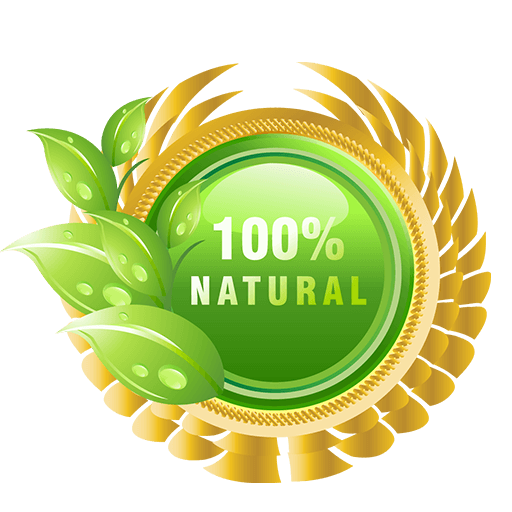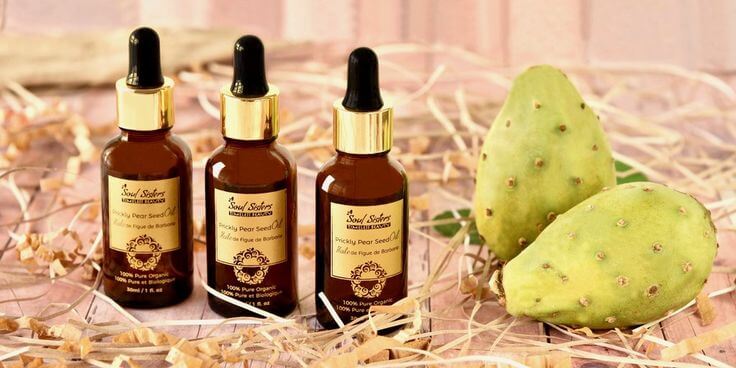The Benefits of Prickly Pear Oil for Skin
Prickly pear oil is an ancient beauty secret that is now being utilized as an ingredient in many cosmetics. It is abundant in essential fatty acids, antioxidants, and Vitamin E, which all collaborate to nourish and safeguard the skin. Prickly pear oil has been demonstrated to help diminish wrinkles, bolster the skin’s elasticity, and even out skin tone. It is also employed to moisturize and soften the skin.
The oil is extracted from the prickly pear cactus, a native of Morocco. The cactus is abundant in an antioxidant called betalains, which assists in protecting the skin from environmental damage. Betalains also possess anti-inflammatory properties, making it an ideal ingredient in products intended to soothe and protect the skin.
The oil is also an exceptional source of essential fatty acids. These fatty acids help to keep the skin hydrated and help to reduce the presence of wrinkles and fine lines. The oil also contains Vitamin E, which helps to nourish and defend the skin from free radical damage.
The oil can be utilized both externally and internally. Externally, it can be applied directly to the skin or employed in lotions and creams. Internally, it can be utilized in cooking or taken as a supplement.
Prickly pear oil is a secure, natural way to treat skin conditions. Its high content of essential fatty acids, antioxidants, and Vitamin E make it a valuable ingredient in many skin care products. Additionally, the oil has anti-aging properties and is highly recommended for those seeking to reduce wrinkles and fine lines. If you are seeking an effective, natural way to improve your skin, prickly pear oil is an excellent choice.
Prickly Pear Harvesting and Oil Extraction
Harvesting Prickly Pears and Cold-Pressing Oil
Prickly pears, also known as cacti, are a type of succulent fruit bearing plant native to North, Central, and South America. Although their spines can be intimidating, harvesting and using prickly pears can be a rewarding experience. Prickly pears are a valuable source of vitamins, minerals, and dietary fiber. Additionally, cold-pressed oil extracted from the fruit can be used as a topical treatment for skin and hair. In this article, we will discuss the steps for harvesting prickly pears as well as cold-pressing oil from the fruit.
Harvesting Prickly Pears
Harvesting prickly pears is a relatively straightforward process, but safety is of the utmost importance. When harvesting, it is best to wear long sleeves, long pants, and gloves to protect from the spines of the plant. Before picking, check for any signs of disease or pests on the fruit.
Once you have determined the fruit is healthy, it is time to pick. Use a pair of scissors or pruning shears to cut the fruit from the stem. Be sure to cut the fruit below the stem to ensure the stem remains attached to the plant. This will help the plant to continue to produce more fruit.
Once the fruit is picked, it is important to store it in a cool and dry place until you are ready to use it. Prickly pears are best used within a few days of being harvested.
Cold-Pressing Oil from Prickly Pears
Once you have harvested the prickly pears, you can use the fruit to create cold-pressed oil. To do this, you will need to separate the pulp from the seeds. This can be done by slicing the fruit in half and then carefully scooping out the seeds.
Once the seeds have been removed, the pulp can be mashed and strained. This will create a thick liquid that can then be placed in an airtight container and stored in the refrigerator.
When you are ready to use the oil, it can be cold-pressed. To cold-press the oil, place the pulp in a cheesecloth and squeeze out the oil until it is a thick liquid. This process will yield a light, fragrant oil that can be used as a topical treatment for skin and hair.
Harvesting prickly pears and cold-pressing oil from the fruit can be a rewarding experience. It is important to be aware of the spines of the plant and to store the harvested fruit in a cool and dry place. Additionally, it is important to separate the pulp from the seeds before cold-pressing the oil. Once the oil is extracted, it can be used as a topical treatment for skin and hair.



Leave a Reply